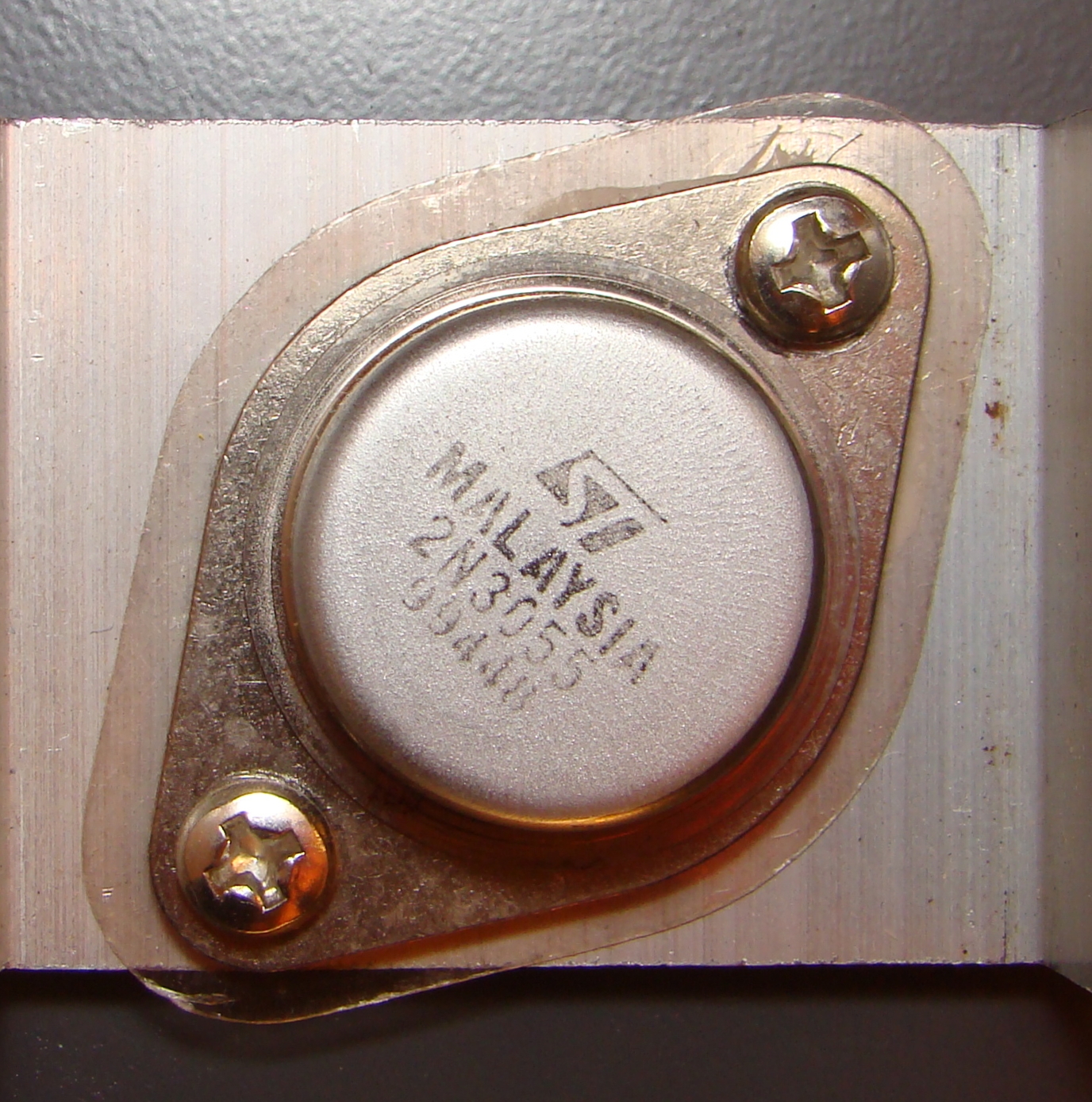

The circuit connection of PNP transistor with supply voltages is given below. The emitter voltage is much positive with respect to base and collector. Here if you observe, the base current flows out of the base unlike NPN transistor. This transistor mainly consists of 3 terminals and they are Emitter (E), Collector (C) and Base (B). The above figure shows the structure and symbol of PNP Transistor. The symbol and structure for PNP transistor is shown below. But the characteristics and operation of the PNP transistor is almost same as NPN transistor with small differences. The structure of PNP transistor is completely opposite to the NPN transistor.

In PNP transistor this arrow indicates as ‘pointing in’ and the current direction in PNP is completely opposite to the NPN transistor. The arrow for BJT transistors is always located on the emitter terminal and also it indicates the direction of conventional current flow. The small base current in the PNP has the ability to control the large emitter-collector current because it is a current-controlled device. In PNP, the current sinks in to the base terminal. All the supply voltage polarities applied to the PNP transistor are reversed. In PNP transistor, the majority current carriers are holes and electrons are the minority current carriers. The two PN-junction diodes in the PNP transistor structure are reversed with respect to the NPN transistor, such as the two P-type doped semiconductor materials are separated by a thin layer of N-type doped semiconductor material. The structure of the PNP transistor is completely different from the NPN transistor. PNP transistor is another type of Bipolar Junction Transistor (BJT).


 0 kommentar(er)
0 kommentar(er)
